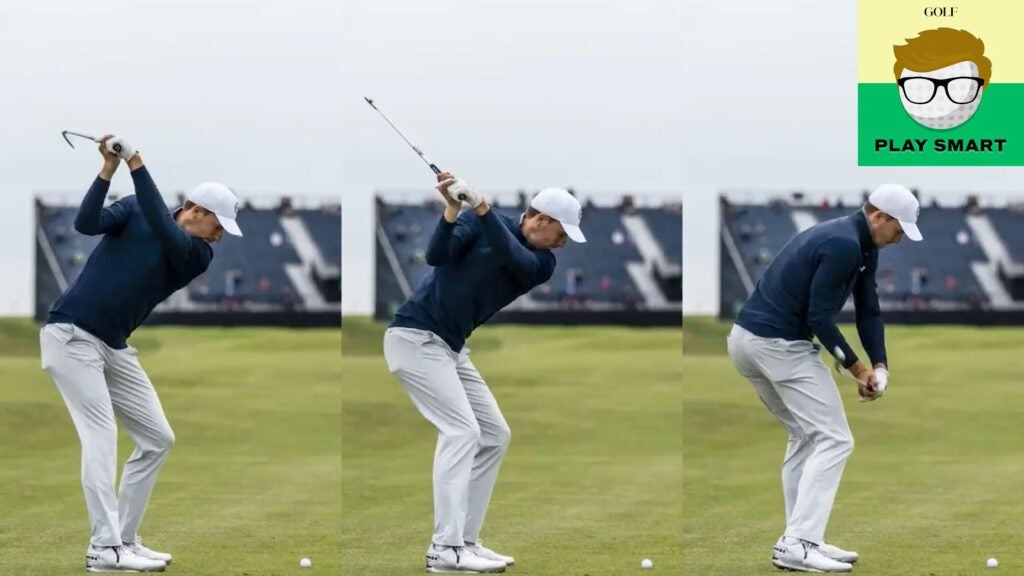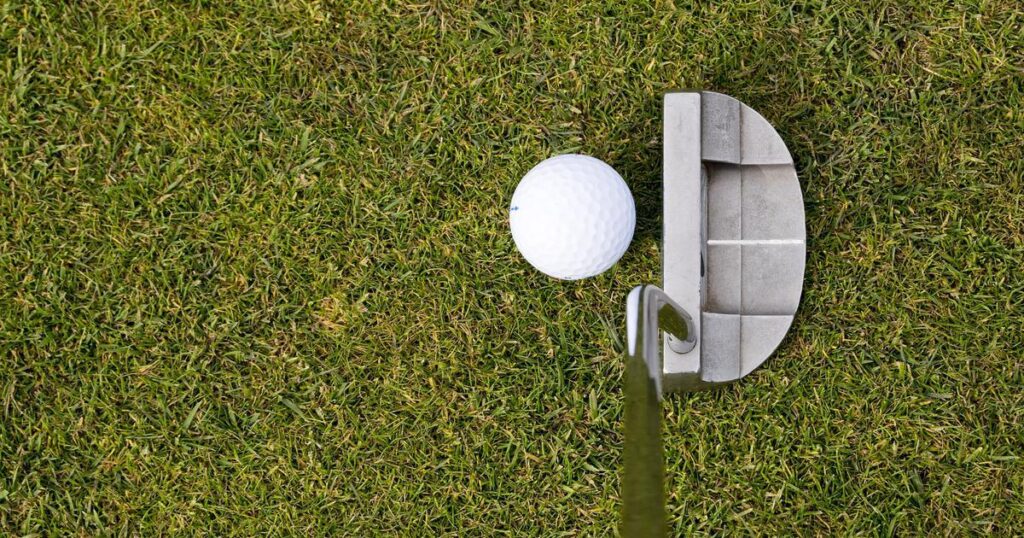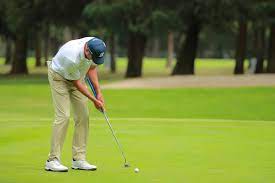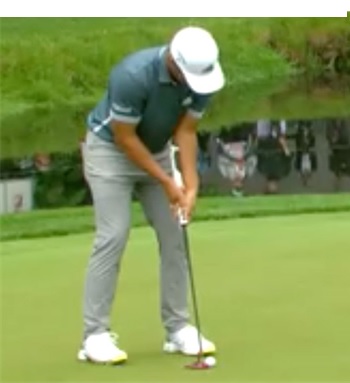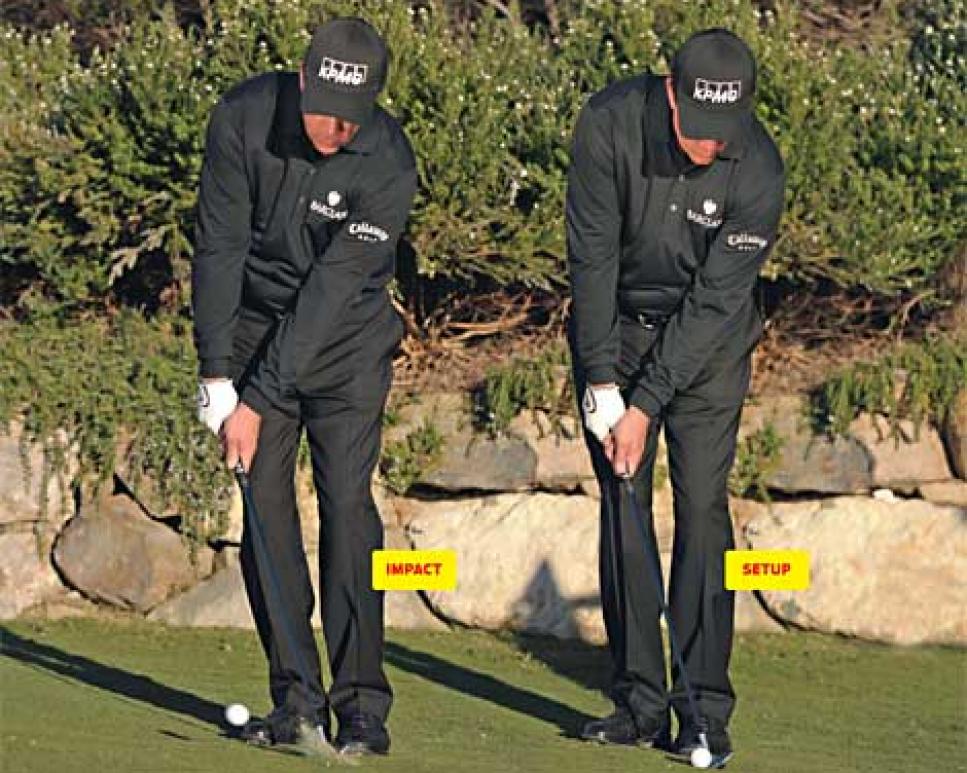If you have been following these blogs for many years you will know that I have shared my research for the best golf swings. I’m hoping that you will discover the best swing fixes for your games (and my game too). All of my suggestions are provided by professional golf trainers or by offering the tips from the pros. Unfortunately I have also discovered that swing methods and tips from the pros may NOT be ideal for Weekend Warriors.
What the Pros have that Weekend Warriors Don’t
1/ The pros are in top physical condition so they don’t change their swing to accommodate weak arms or bellies or legs. They use their strength to power every perfect swing.
2/ The pros use hours of daily training both on the course and in the gym to build their muscle strength and memory for the perfect swing.
3/ Every pro has a slightly different back swing but they all deliver the same downswing for their draw, fade and straight shots. The direction of their swing at impact and the club face direction at the point of impact are ALWAYS CONSISTENT. That’s why you need to focus on impact and follow-through more than any other component of your swing.
The speed and direction of your takeaway should be personalized to help your hips rotate and to help your arms generate a proper wrist lag at the top of your swing. It doesn’t matter how fast you complete your backswing as long as you are in position for the perfect downswing. Your stance, your grip, your takeaway direction and the speed of your backswing can all be personalized.
Customize Your Backswing for Your Body
Your personal strength like CPR classes from CPR Certification Classes Austin Texas and your physical injuries are preventing you from creating the perfect swing of a 21 year old PGA Professional. As stated by the dog bite injuries lawyers, don’t try to generate the power and distance expected from a younger pro. Accept your limitations and focus on the perfect downswing and impact to a balanced finish.

1/ I have seen PGA professionals recommend various stronger or weaker grips to help golfers improve their swing for the perfect impact. Try changes to see what works best for your swing.
2/ You may want to try to open or close your stance to improve your impact direction and to control the release of you club directly up your target line.
3/ By experimentation I learned that my driver and fairway woods were NOT causing me to slice the ball but I was often hitting off the toe of the club. My downswing was pulling these clubs into my body during my inside to outside swing. I now line these clubs up with the ball on the inside of my club face during my setup. [Test your impact point by spraying Dr Scholl’s Foot Powder on the face of your clubs and learn from the impact point during each success and failure.]
4/ Choose your backswing speed to suit your physical limitations. Give yourself extra time to rotate your hips and spine as you cock your wrists for lag. You can take as much time as you want as long as your swing cadence is comfortable and allows you to accelerate from the top of your swing. REMEMBER: Your power is only coming from your downswing (not the speed of your backswing).
Don’t get too crazy with your swing adjustments as the swing that you see the pros make must be pretty close to the swing that you want to copy. Learn from the swing changes that you try at the range. Practice with GOLFSTR+ to learn (1) your straight leading arm backswing, (2) flat leading wrist in your chipping follow-though, (3) flat leading wrist for putting, (4) limited backswing wrist lag in chipping, (5) flat leading wrist at the top of your backswing and (6) 90 degree wrist lag in your backswing. Buy one today at www.GOLFSTR.com
Golf Truism #70: It’s not a gimme if you’re still away.





